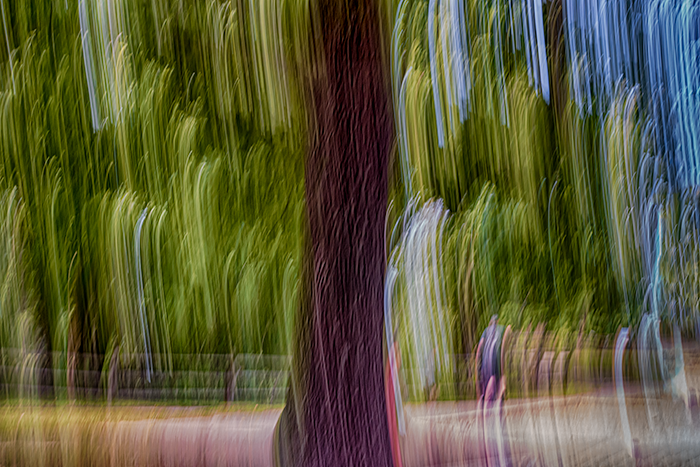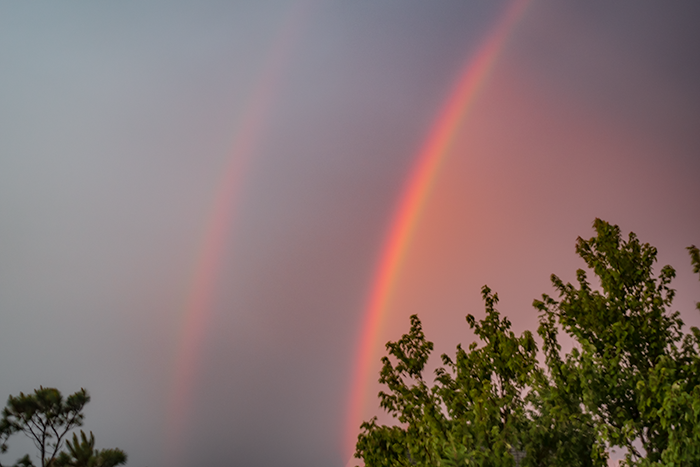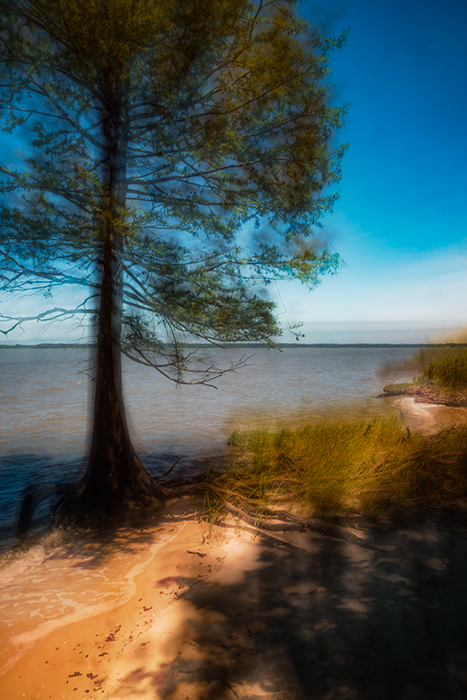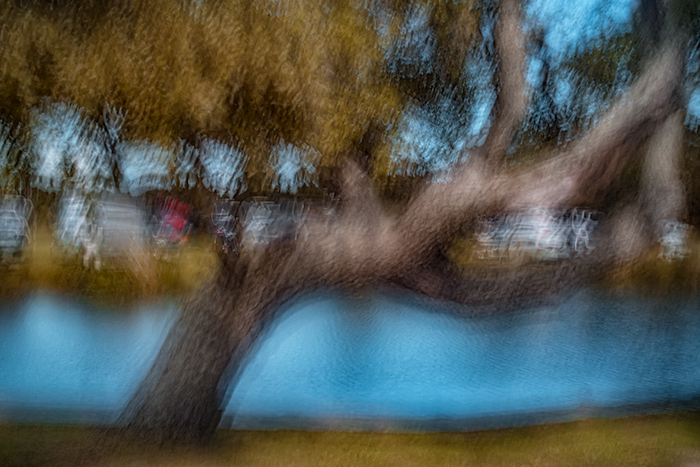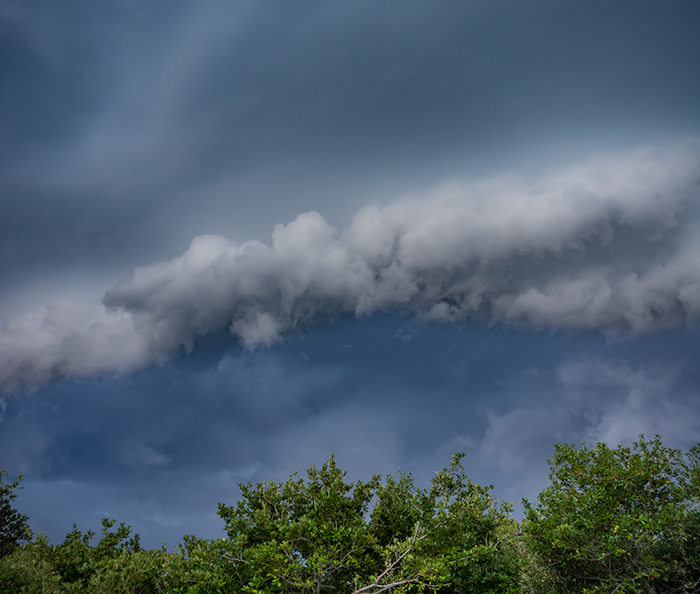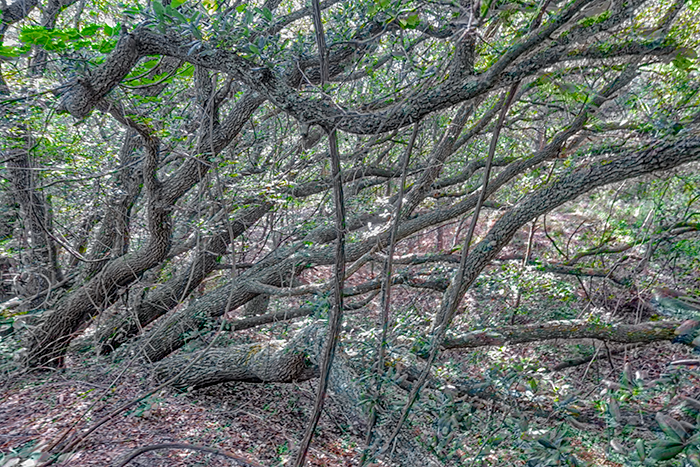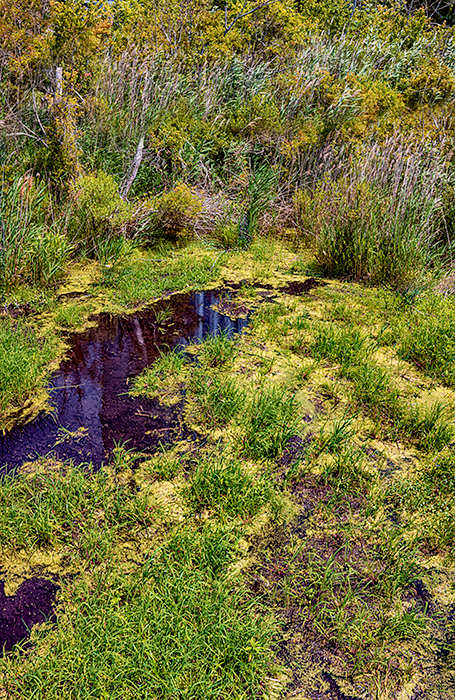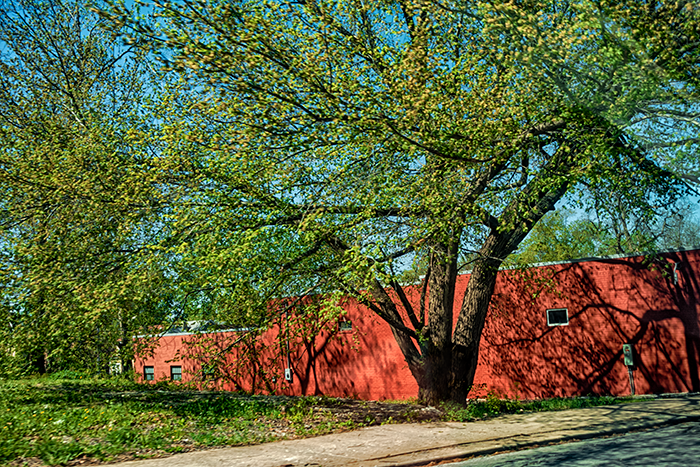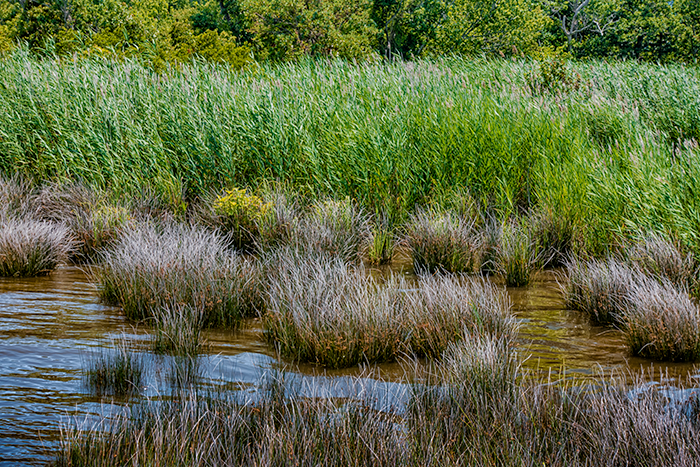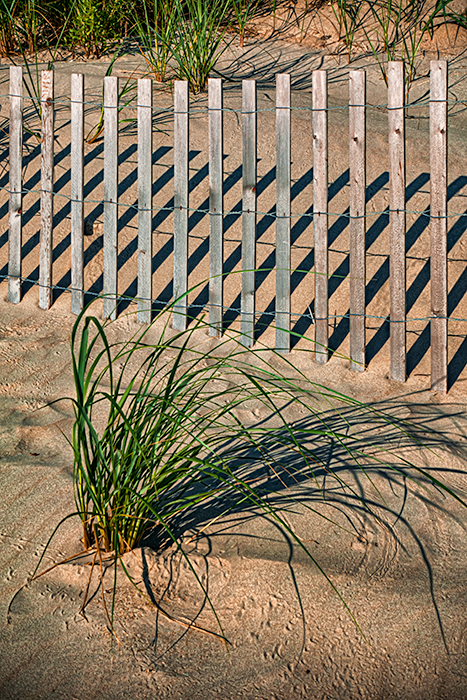Subject to Nature
Primitive elegance
Complex compound
Realistic implications
Like many terms, the word nature encompasses a plurality of meanings. Shifting priorities, styles, moods, and ideologies render concepts fluid through time. The most significant distinction involves humans as being either part of nature or completely separate.
“It is not sufficient that every science be digested into a separate system; – every particular branch ought to be adapted to the whole, and all of them collectively applied to the use and benefit of mankind.” – Friedrich Nicolai

